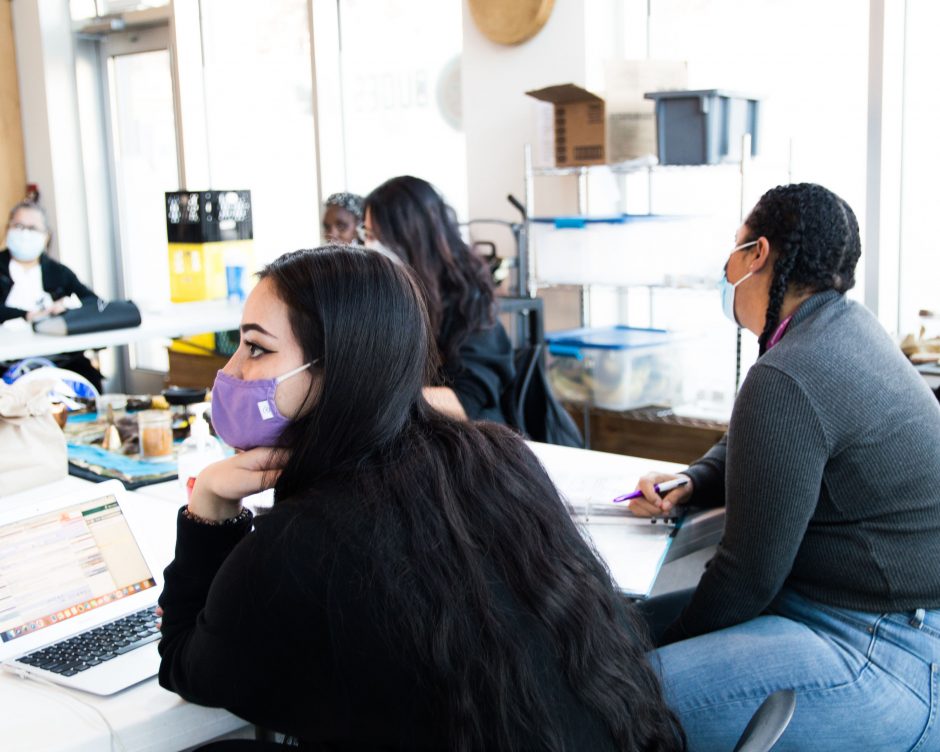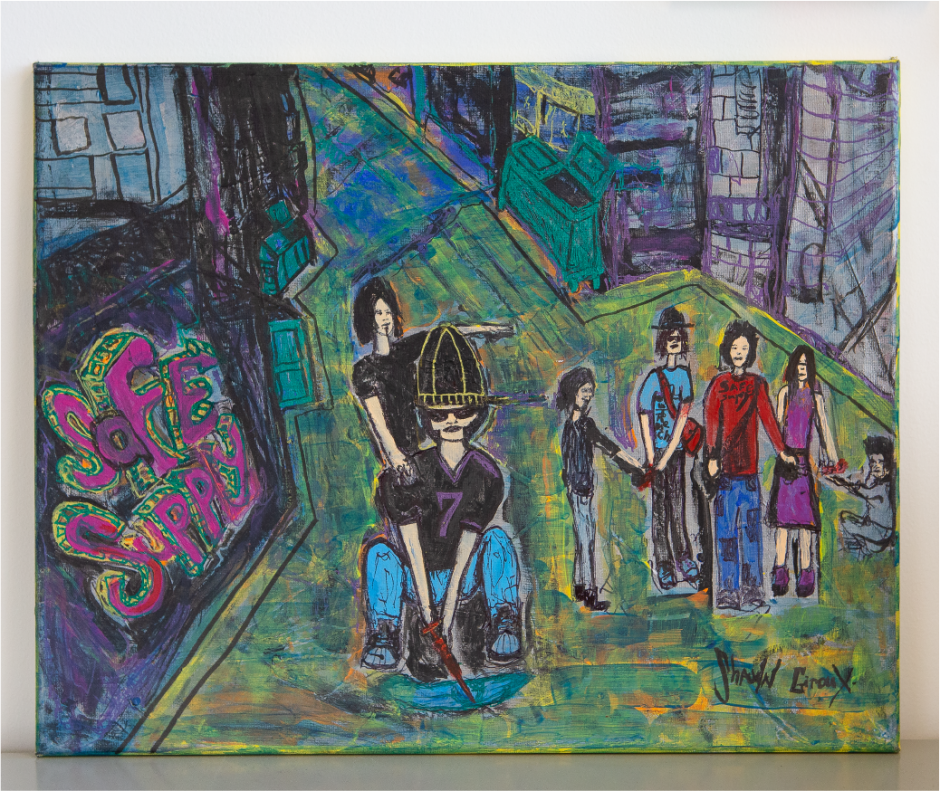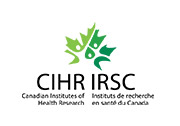Setting logistics means:
- identifying how you will work together
- planning how you will widen the circle of involvement within your organization
- planning how you will engage people with lived experience of inequities
As described, we strongly recommend creating an Equity Advisory Committee comprised of staff, leadership and service user voices, and/or one or more Working Group(s) tasked with identifying and implementing actions. The size and composition of these groups will depend on your context, and the time and resources available, but having equity champions thinking about and guiding the work, together, is crucial to ensuring action and sustaining momentum.
We also recommend meeting on a regular basis. Identify someone who can schedule people to come together. Having someone who can support communication among the Advisory and Working Groups and someone who can book meeting space can make all the difference to your success.
Below we provide links to a tool that we created for Working Groups in the EQUIP Emergency Department (ED) study to plan and track their activities, and a generic version based on this that non-ED settings might find helpful. The Workbook includes suggestions about how to set up and structure meetings and activities that support action.
- This EQUIP-ED Change Process Workbook is a PDF file used by the ED Working Groups in that study – we recommend it for ED users, who can adapt it to suit their needs.
- The EQUIP Workbook Template is a PDF document that has the same key content, but is generic and tailorable to any context – we recommend this for any organization.




Widening the circle of involvement: There are many ways to engage diverse people in equity work. Approaches will vary with the size and culture of your organization. The goal is to engage as many people as possible from as many roles as possible, to reach a critical mass of people committed to equity. Interprofessional conversations are the most impactful strategy for change. As described in Step 0, using strategies such as those provided in the “Rate Your Organization” tools can help get conversations started among diverse people.
Example:
In the primary care sites we worked with, the whole staff already had weekly meetings, so they used part of each of those meetings for equity work. In the EDs with which we worked, one site with over 800 staff used 10-minute morning “huddles” and their existing monthly newsletter; another used regular staff meetings. We also learned that emphasizing strengths and capacity, rather than pointing repeatedly to problems, helped sustain enthusiasm and build momentum.
 Engaging people with lived experience: There are many ways to engage communities of people with lived experience of inequities. Diverse strategies can be used. For example, one of the EDs we worked with partnered a department tasked with improving services for people using unregulated injection drugs – that department was already partnered with organizations of people who use/d drugs, thus they all worked together, aligning initiatives and reducing workload for all. In another example, Vancouver Coastal Health (VCH) partnered with local artists with lived and living experience of substance use for “Not Just an Art Show: The Overdose Crisis on Canvas”. Our community partners facilitated purchase and permissions to use select images from the show below. Thank you to BOY and Shawn for sharing their art work and artist statements.
Engaging people with lived experience: There are many ways to engage communities of people with lived experience of inequities. Diverse strategies can be used. For example, one of the EDs we worked with partnered a department tasked with improving services for people using unregulated injection drugs – that department was already partnered with organizations of people who use/d drugs, thus they all worked together, aligning initiatives and reducing workload for all. In another example, Vancouver Coastal Health (VCH) partnered with local artists with lived and living experience of substance use for “Not Just an Art Show: The Overdose Crisis on Canvas”. Our community partners facilitated purchase and permissions to use select images from the show below. Thank you to BOY and Shawn for sharing their art work and artist statements.

BOY
BOY is a Downtown Eastside artist who came to earth 58 years ago from another planet in hopes of brightening the world with his artistic expression. He currently lives in the historic Lotus Hotel. He has been making art since the day he came here from outer space. His influences are 1920s and 1930s cartoon character art. He has done many projects with the legendary skate company Skull Skateboards.

Shawn
Shawn or L Chronic (which stands for chronic love) is a multi-talented artist who lives to help people in any way he can. He’s a songwriter and musician and plays in a band named Cryonic Re-Generation. He’s also a tattoo artist. He paints on canvas and designs jeans and t-shirts. Shawn has facilitated art classes for 10 years at Drug Users Resource Centre and hosted open mic at Oppenheimer Park for the past seven years. Now he’s a supervisor at the Molson Overdose Prevention site.
To learn more about “Not Just an Art Show: The Overdose Crisis on Canvas”, see the Vancouver Coastal Health press release here.







